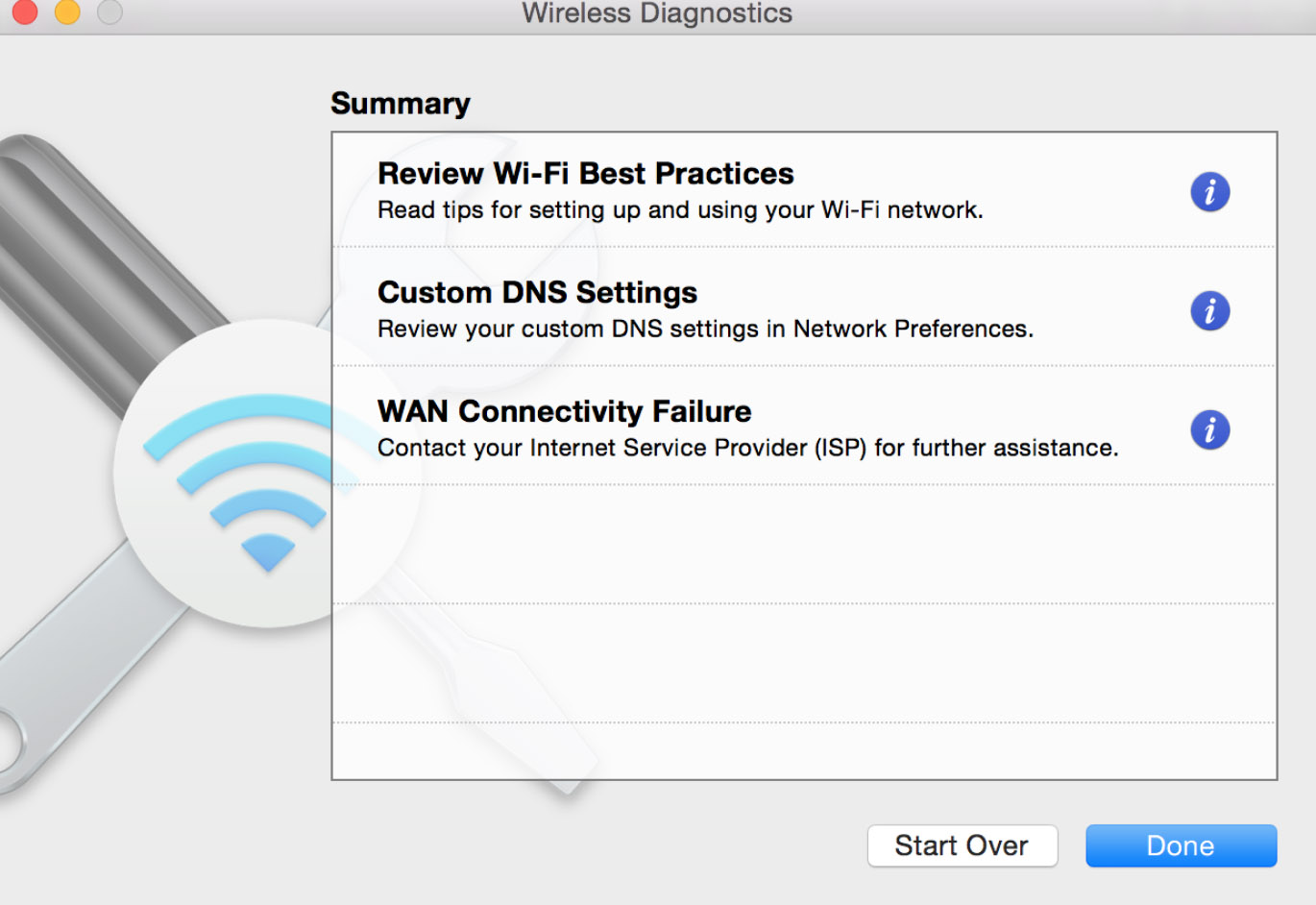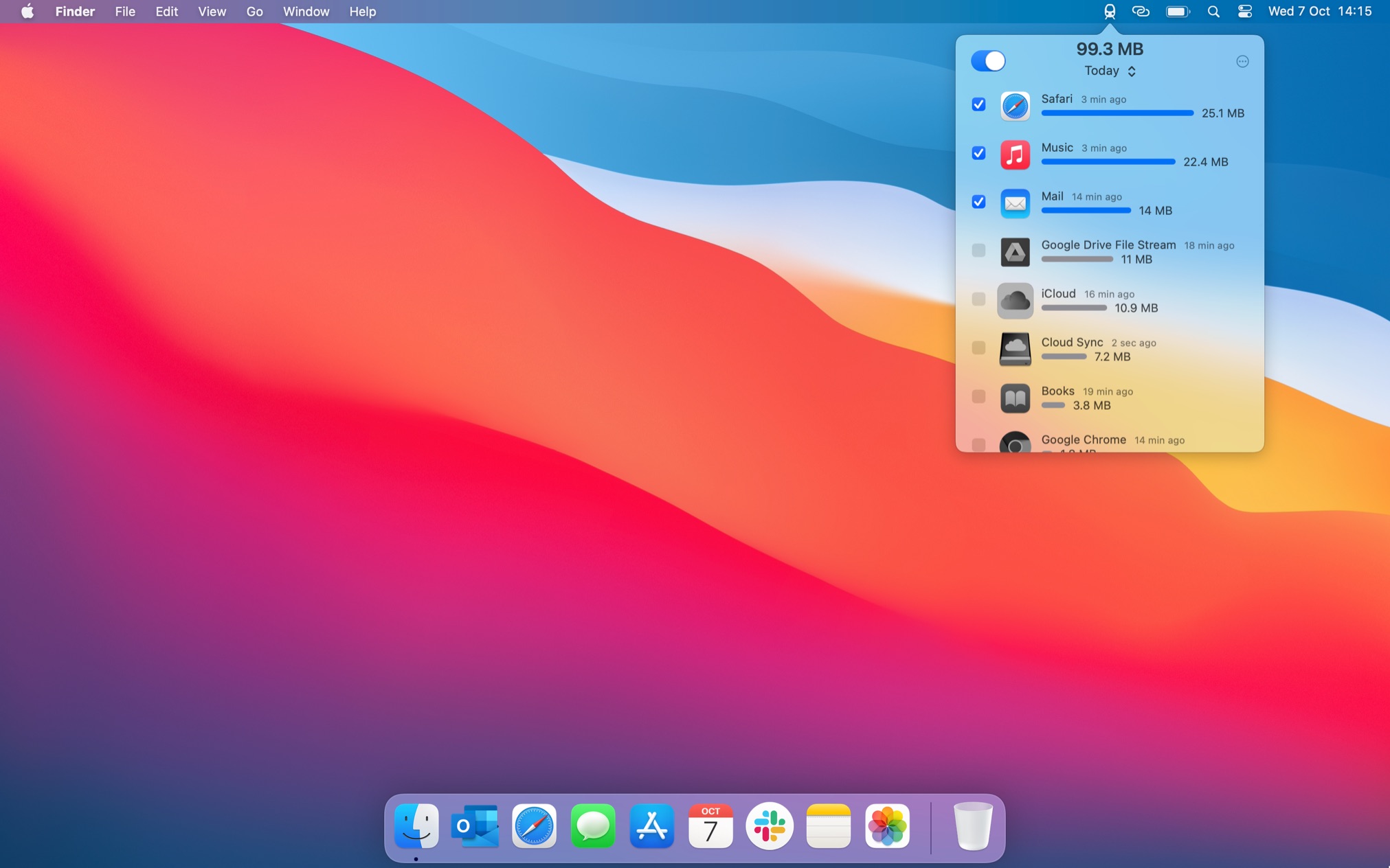
- Wifi tool for mac how to#
- Wifi tool for mac for mac#
- Wifi tool for mac professional#
- Wifi tool for mac mac#
Wifi tool for mac mac#
WiFi Explorer is also a good tool to solve Wi-Fi issues like channel conflicts, Mac not connecting to Wi-Fi, overlapping or configuration issues. It helps users identify channel, network name, country code, band, security configuration, and much more. WiFi Explorer is a wireless network scanning tool for macOS. WiFi Explorer - Scan, Monitor and Troubleshoot WiFi Mac Cleaner - Test Your WiFi with Best Mac Assistant
Wifi tool for mac for mac#
KisMAC - Free & Open-Source WiFi Scanner for Mac NetSpot – Free WiFi Analyzer for Home/Office WiFi

WiFi Scanner - View and Visualize Your Networks However, we are going to share you 5 best Wi-Fi analyzer tools for macOS Big Sur, Catalina, macOS Mojave, macOS High Sierra, macOS El Capitan, etc.

Wifi tool for mac professional#
Perhaps, you should use a professional Wi-Fi analyzer tool to check and improve your Wi-Fi.
Wifi tool for mac how to#
How to know Wi-Fi status when downloading an item from website? Thank you for your explicit warning.MacOS provides a built-in Wi-Fi scanner in Wireless Diagnostics, where you can find busy channels and bandwidth frequencies for your own Wi-Fi. Warning users about the data collection is a good thing.

I think the right way to do that is actually two steps up the OSI layer model, at least. I assume you want to do something like "if WiFi A is weak, switch to WiFi B", or similar. a measure of how many packets get lost along the way (which is actually something that an OS can observer). I really don't know why GUIs keep including that measure instead of e.g. WiFi quality is so much more than received signal strength that you can't directly map bars to quality. What I can tell you from an RF communication's engineer's perspective is that the displayed signal strength is everything but accurate, and it's even less usable to really predict how well communication will work.Īs you said, the bars aren't enough information for anyone - and the fact that there are already five different amounts of bars you can have usually greatly exaggerates the accuracy with which these things are available to the operating system. I must admit that I don't know whether OS X has information like a received strength indicator easily accessible.


 0 kommentar(er)
0 kommentar(er)
